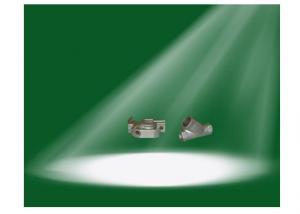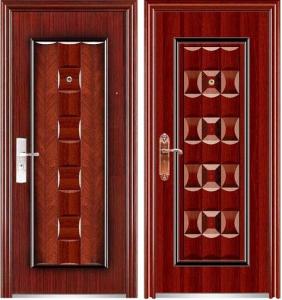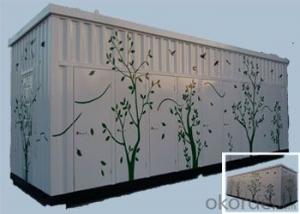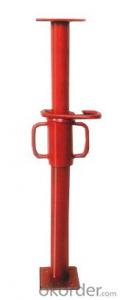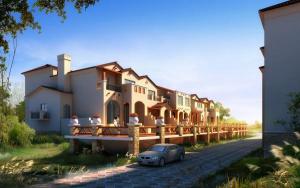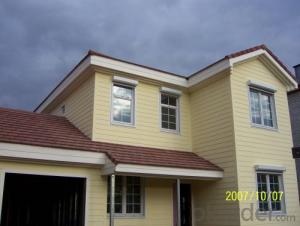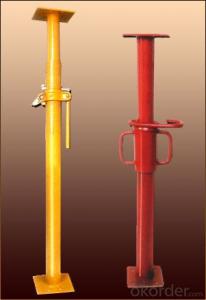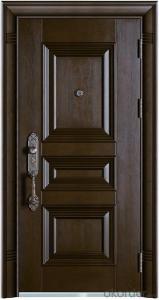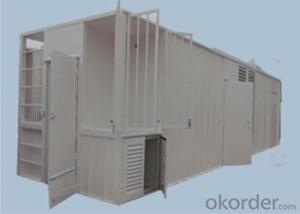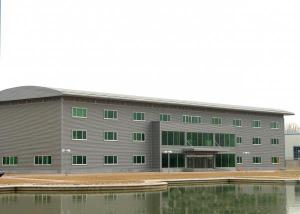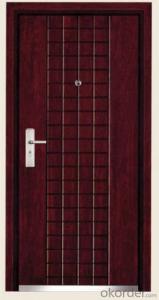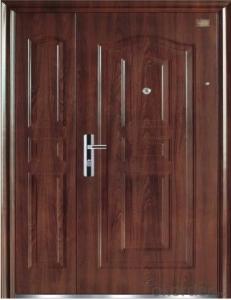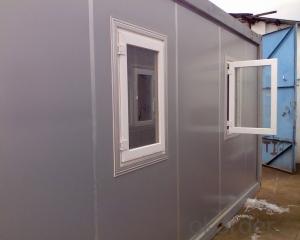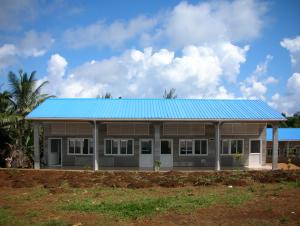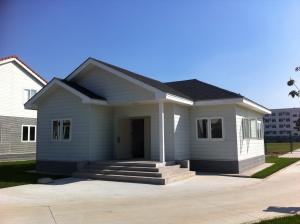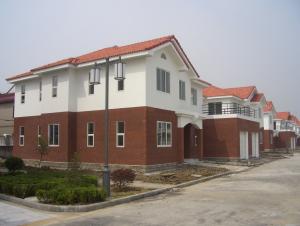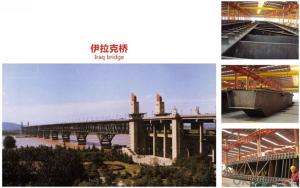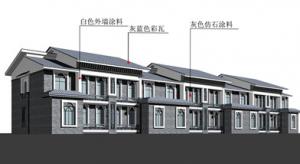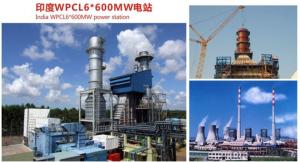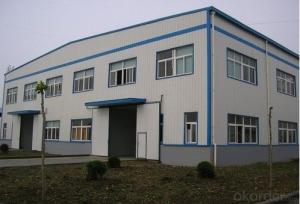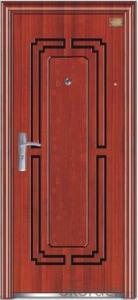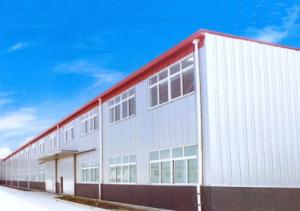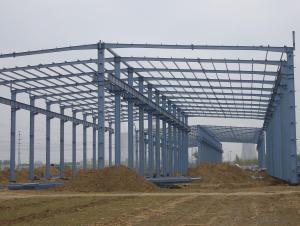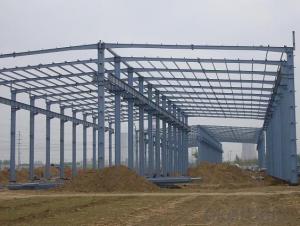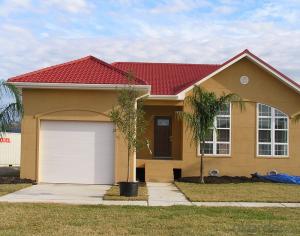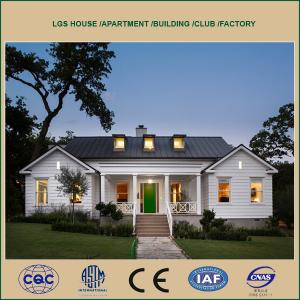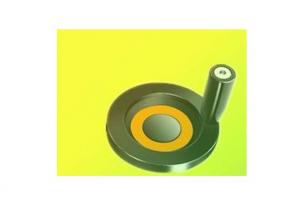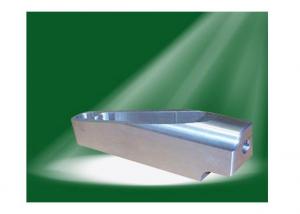Steel Homes
Steel Homes Related Searches
Steel Metal Homes Steel Building Homes Steel Modular Homes Steel Villa Wonder Steel Buildings Steel Arch Buildings Stone Steel Steel Screws Steel Partition Wall Steel Window Awnings Virony Steel Doors Engineered Steel Buildings Post Steel Buildings Metal Buildings Into Homes Stainless Steel Doors Light Steel Villa Steel Cooking Pans Stainless Steel Home Kitchen Soundproofing Homes Stainless Steel House Numbers Diamond Steel Roofing Cast Steel Stainless Steel Roofing Rimming Steel Steel Galvanized Steel Tape Stone Coated Steel Roof Stainless Steel Sets Stainless Steel Baskets Container Construction HomesSteel Homes Supplier & Manufacturer from China
Steel Homes, a collection of prefabricated steel structures, encompasses a variety of residential and commercial buildings designed for durability and efficiency. These steel homes are engineered to withstand harsh weather conditions, making them ideal for areas prone to natural disasters or extreme climates. They are also praised for their energy efficiency, low maintenance requirements, and quick construction times, which contribute to their growing popularity in both urban and rural settings. Okorder.com, a reputable wholesale supplier, offers a vast inventory of Steel Homes to cater to the diverse needs of customers worldwide. With their extensive range of products and commitment to quality, Okorder.com has established itself as a reliable source for steel homes, ensuring that clients receive the best possible solutions for their construction projects.